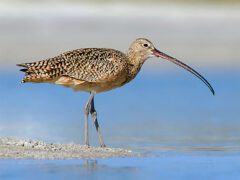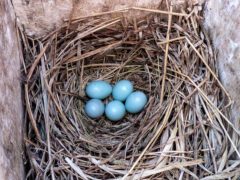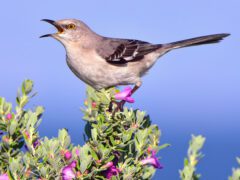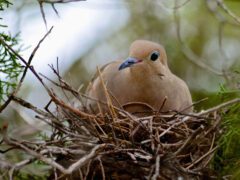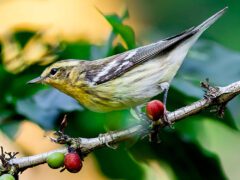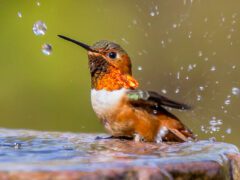The Four Keys to ID
- Size & Shape
Small and stocky for a warbler, with a short tail and a thin and sharply pointed bill (markedly smaller and more pointed than a Red-eyed Vireo's bill).
Relative Size
Larger than a Golden-crowned Kinglet, slightly smaller than a Yellow-rumped Warbler.

 sparrow-sized or smaller
sparrow-sized or smallerMeasurements
- Both Sexes
- Length: 3.9-5.1 in (10-13 cm)
- Weight: 0.3-0.3 oz (8-10 g)
- Wingspan: 7.5-7.9 in (19-20 cm)
© Claude Auchu / Macaulay Library
- Color Pattern
- Behavior
- Habitat




















































